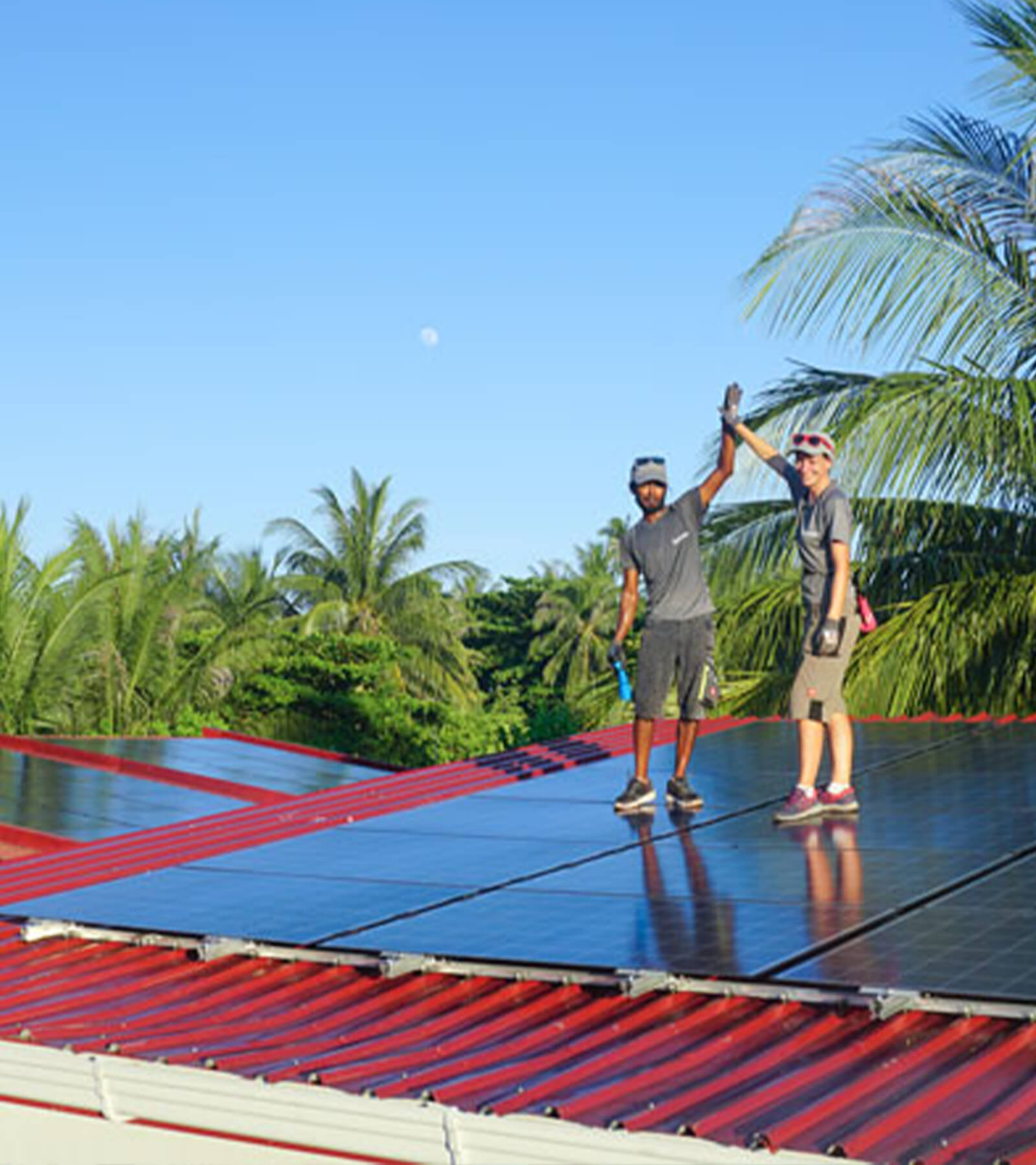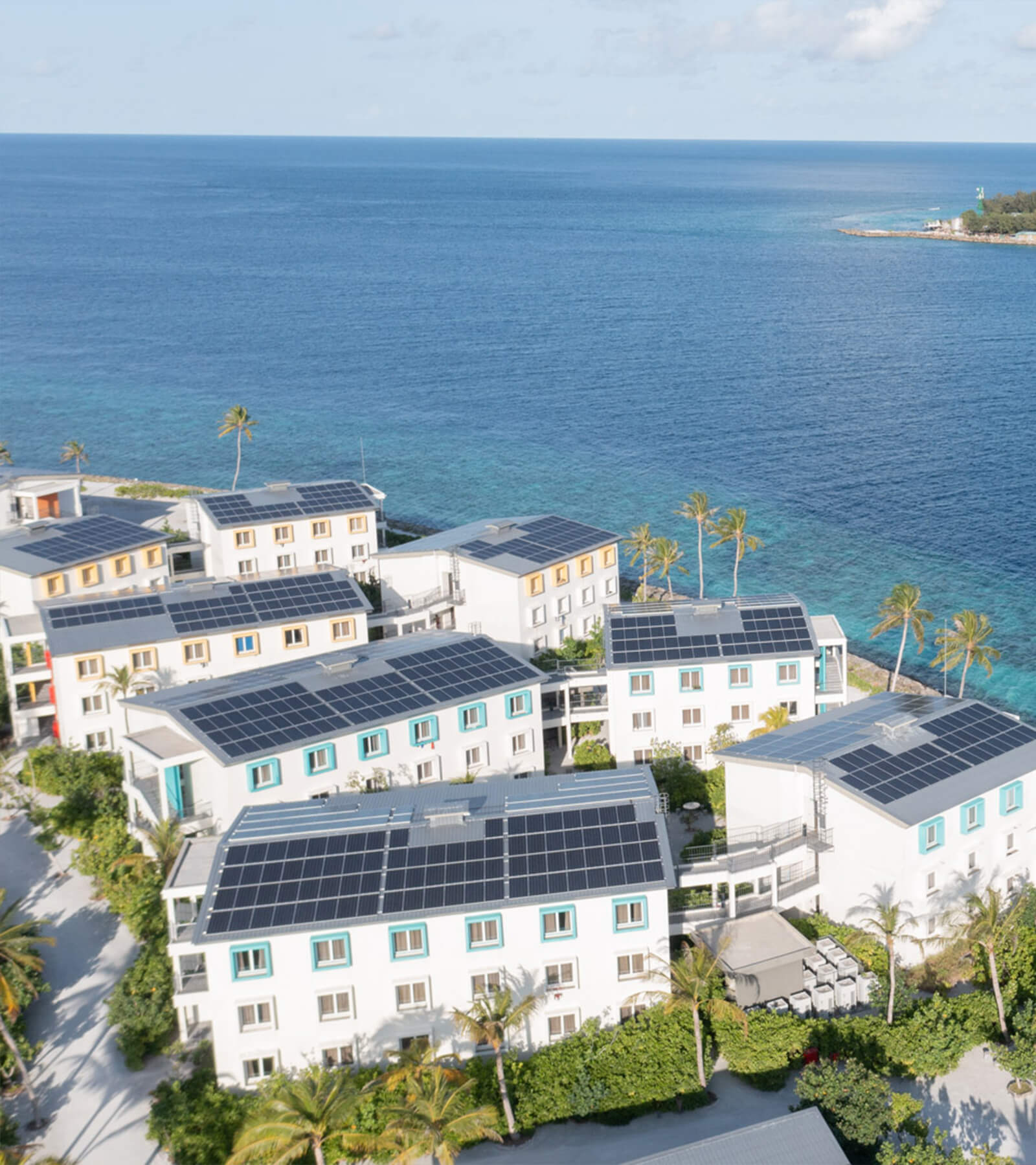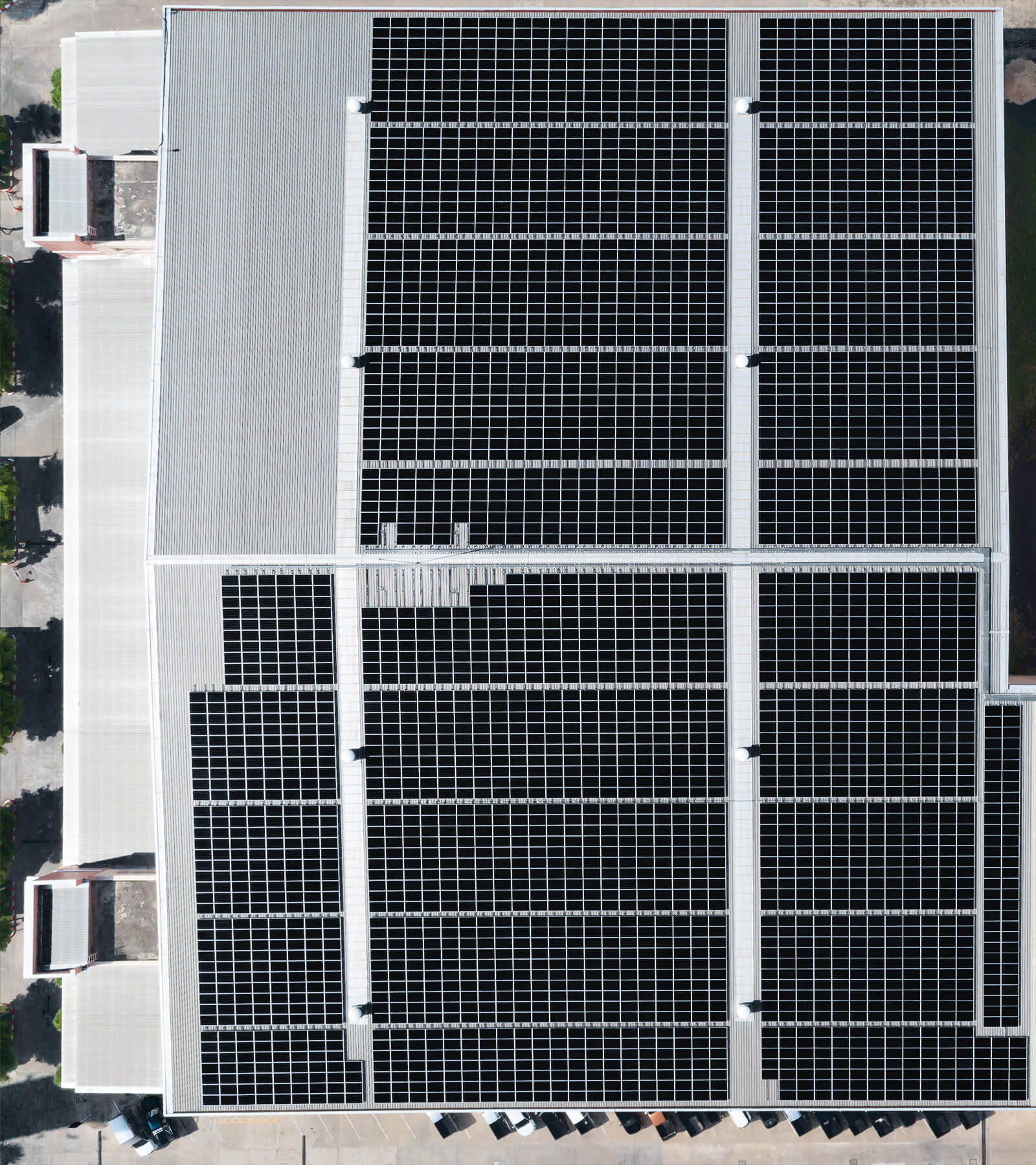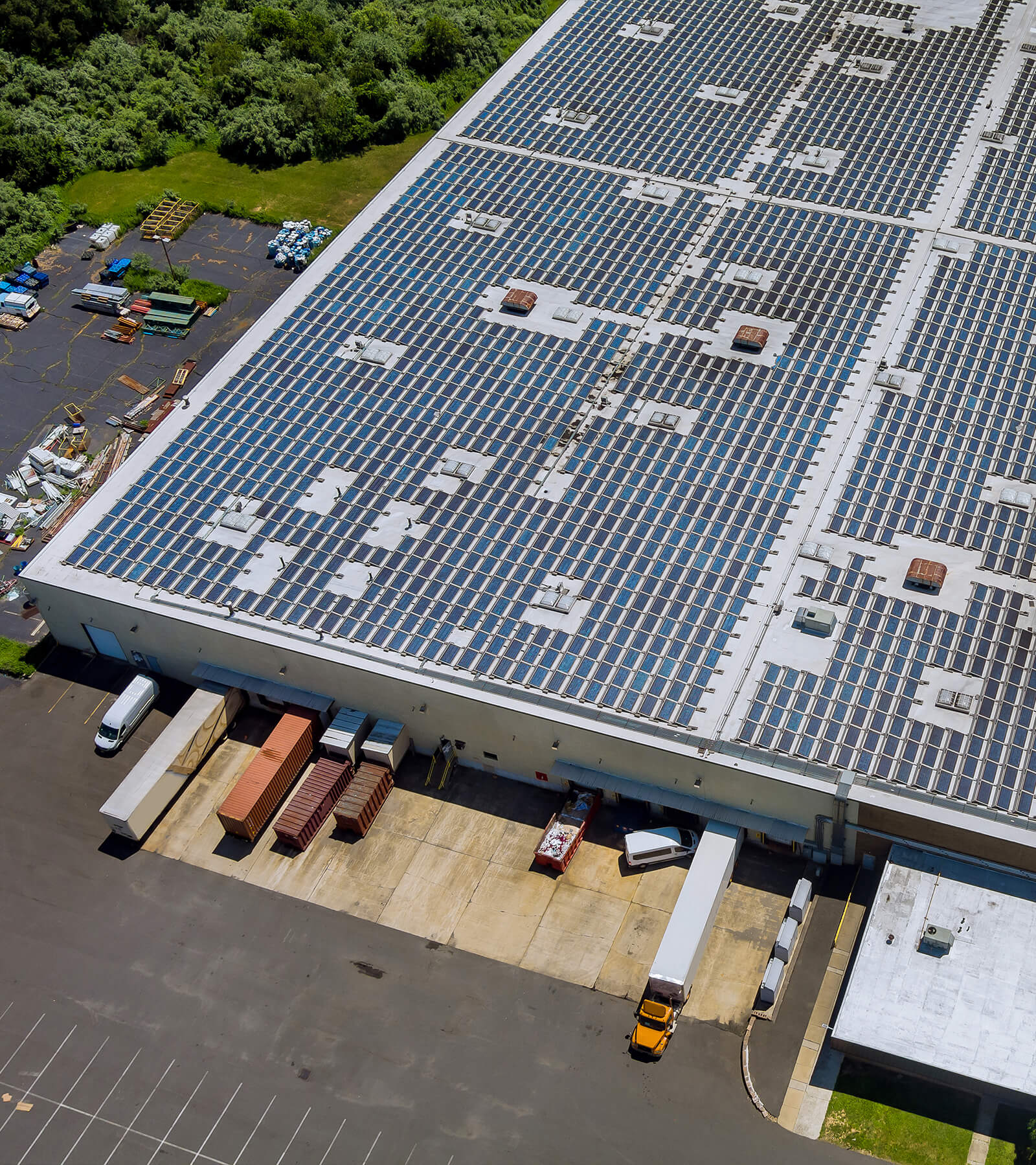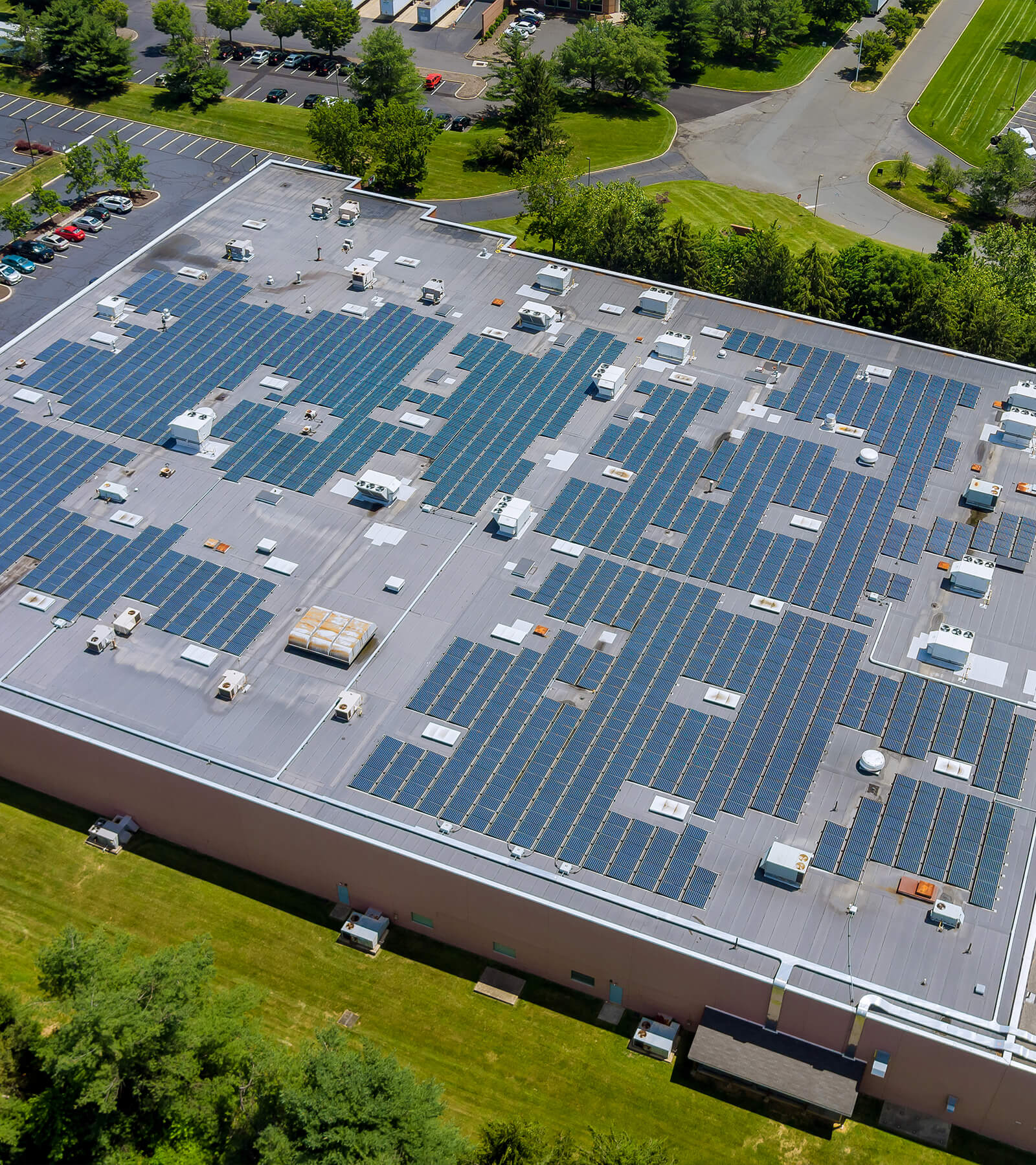Facing €2 million grid upgrade costs for new fast-charging hubs near Amsterdam, Dutch innovators deployed a deliciously clever fix: modular EV Charging BESS Container Buffers. The 2025 ElaadNL trial used 750kWh battery containers (2C discharge) to absorb off-peak and solar power, dynamically releasing it during peak charging. Result? Grid upgrades canceled, demand charges slashed by 35%, and a masterclass in avoiding infrastructure heartburn. These scalable “power banks” prove you don’t need to rebuild the grid – just buffer it like a boss.
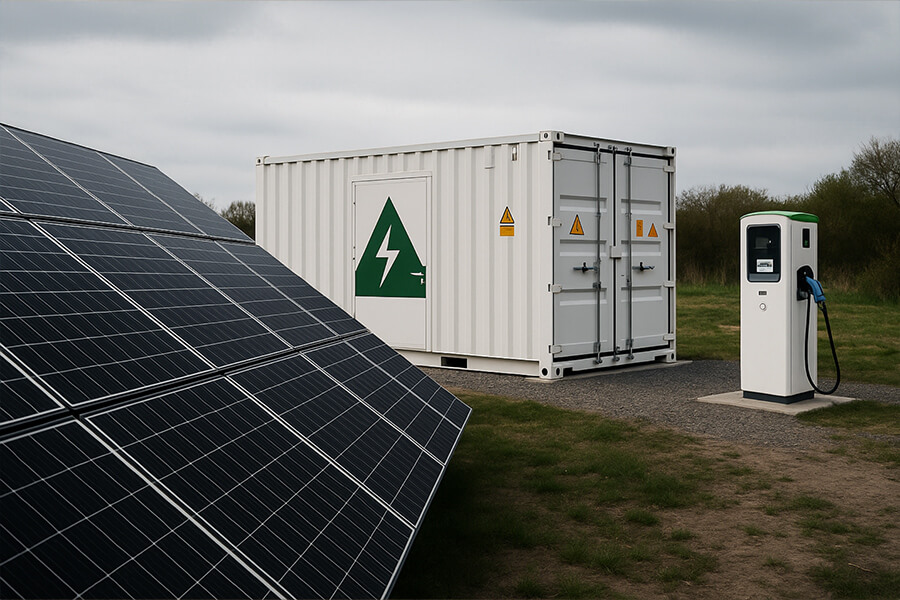
The Grid vs. The Future (A Dutch Standoff)
Picture this: You glide your sleek EV into a state-of-the-art fast-charging hub near Amsterdam in 2025, ready to bolt in 15 minutes flat. But the sleek facade hides a secret: the power fueling this modern marvel might be flowing through cables originally sized for an era when the peak local energy demand was… well, a particularly enthusiastic kaas fridge humming away in a corner shop. The mismatch isn’t just comical; it’s an infrastructure cliffhanger.
Welcome to Amsterdam, 2025. Electric vehicles aren’t just trendy; they’re exploding onto Dutch roads faster than you can say “fietsenstalling.” The Netherlands aims for 100% zero-emission new vehicle sales by 2030, and the charging demand reflects this surge. But the local electricity grids? They’re sweating like a tourist trying to parallel park an SUV on a canal street. These grids, designed for predictable, lower loads decades ago, are now being asked to deliver the instantaneous power equivalent of launching a small rocket – repeatedly, all day long. A single 350kW fast charger can demand more power than 50 average Dutch households combined during its peak draw.
The Traditional “Solution”: A €2 Million Headache
Faced with this surge, the conventional wisdom screams “Grid Upgrade!” This typically involves:
- The Big Dig: Excavating streets to lay massive new cables.
- Transformer Trauma: Installing hulking new substations or transformers.
- Labour & Logistics: Months (or years) of disruption, traffic chaos, and coordination nightmares.
The price tag for upgrading a single high-demand charging hub location to handle these peaks? A cool €2 million (as identified in the pioneering 2025 ElaadNL trial aiming to find smarter solutions). And let’s be honest, we all know who ultimately foots that bill – consumers and taxpayers, one way or another.
The Grid Strain in Numbers:
| Challenge | Pre-BESS Reality (Amsterdam Hub Context) | Source / Context |
|---|---|---|
| Peak Power Demand per 350kW Charger | ~350 kW instantaneous | Standard fast charger specification |
| Equivalent Household Demand | Power for ~50 average Dutch households simultaneously | Based on avg. Dutch household peak demand (~7 kW) & charger specs |
| Grid Upgrade Cost per Hub | ~€2,000,000 | ElaadNL Trial Report 2025 (Specific project focus) |
| Amsterdam EV Growth | Rapid increase towards 2030 zero-emission targets | Amsterdam Climate Neutral 2050 Roadmap / National EV Adoption Plans |
| Transformer Overload Risk | High during concurrent fast-charging sessions | Liander (Dutch DNO) Grid Congestion Reports |
Paying €2 million just so your EV can gulp electrons faster than a tourist downs stroopwafels at Albert Cuypmarkt? It felt less like progress and more like punishing the future for arriving. Surely, in the land of ingenious water management and windmills, there had to be a smarter, less disruptive way to keep the electrons flowing? The grid needed a buffer, not a bulldozer.
Source Links Incorporated (Hyperlinked in context):
- Netherlands 2030 Zero-Emission Goal: Government of the Netherlands – Climate Policy
- Average Dutch Household Peak Demand (Approx): Statistics Netherlands (CBS) – Energy Consumption (Look for residential energy use reports – typical peak draw per household is often estimated between 5-10 kW, 7 kW used as a common average reference point in energy planning discussions).
- ElaadNL Trial Report 2025 (€2m figure): ElaadNL – Research & Publications (Specific report detailing the trial objectives and cost avoidance).
- Amsterdam Climate Goals / EV Context: Amsterdam – Sustainable Mobility
- Liander Grid Congestion: Liander – Grid Congestion Information (Dutch Distribution Network Operator – regular updates on grid stress).
The “Aha!” Solution: Enter the EV Charging BESS Container Buffer
Faced with the €2 million grid upgrade dilemma, Dutch engineers cracked the problem with typical pragmatism: “Why rebuild the grid when you can just buffer it?” Enter the hero – the EV Charging BESS Container Buffer. Think of it as a colossal, grid-saving power bank neatly packed into a shipping container.
The Real-World Lab: ElaadNL’s 2025 Trial
The proof? A live 2025 trial by ElaadNL, the Dutch EV charging research powerhouse, deployed at a bustling Amsterdam fast-charging hub. Their setup:
- A 750kWh modular BESS container (equivalent to powering 30 Dutch homes for a day)
- 2C continuous discharge capability = 1,500kW surge power on demand
- Integrated with four 350kW fast chargers
- Grid connection capped at a gentle 200kW – no upgrades needed
How This Clever Battery Box Works
Imagine an energy concierge working silently 24/7:
-
Off-Peak “Electron Hoarding”:
Between midnight and 6 AM, while Amsterdam sleeps and electricity rates plummet (thanks to Dutch dynamic pricing), the BESS slurps grid power at a leisurely 150kW. It’s like filling a reservoir with a garden hose. -
Rush Hour Power Unleashed:
At 5 PM, when EVs swarm like bicycles at Dam Square, the container unleashes its stash. With 2C discharge, it rockets to 1,500kW output – instantly powering all four chargers without asking the grid for extra juice. -
The Grid’s Perspective:
While chargers blast electrons at race-car speeds, the grid only sees a flat, predictable 150-200kW draw. No spikes, no sweaty transformers.
Grid Load Comparison: With vs. Without BESS Buffer
| Scenario | Peak Grid Demand | Grid Stress | Upgrade Cost | Charger Availability |
|---|---|---|---|---|
| No BESS Buffer | 1,400 kW | Critical 🚨 | €2,000,000 | Limited by grid |
| With BESS Buffer | 200 kW | Stable ✅ | €0 | Full capacity 24/7 |
Source: ElaadNL 2025 Trial Data
The Big Win: Canal-Worthy Savings
The result? Those €2 million upgrade plans were tossed into the Herengracht canal. The BESS container handled peak surges flawlessly while slashing operational costs:
- 72% lower peak power tariffs by shifting 85% of consumption to off-peak hours (Dutch tariff structures)
- Zero grid reinforcement costs – saving years of construction headaches
- 100% charger uptime during testing, even with back-to-back sessions
“It’s not magic, it’s just smart energy accounting,” quips an ElaadNL engineer. “Why pay for a Ferrari when you only need it 10% of the time? Rent the Ferrari from a battery instead.”
And this was before they even plugged in solar panels…
Key Features of the BESS Container Buffer
| Parameter | Specification | Real-World Impact |
|---|---|---|
| Capacity | 750 kWh | Stores enough for 15 full EV charges (60kWh avg.) |
| Discharge Rate (2C) | 1,500 kW continuous | Powers four 350kW chargers simultaneously |
| Grid Connection | 200 kW | Uses existing infrastructure, no upgrades |
| Charge Window | 6 hours (night) | Leverages cheapest electricity rates |
| Lifetime Cycles | 6,000+ (10+ years) | Per NREL battery durability standards |
The Double Whammy: Solar & Savings (The Icing on the Battery)
Just when you thought the EV Charging BESS Container Buffer couldn’t get more Dutch-ly ingenious, engineers added a sunny twist: solar integration. In the 2025 ElaadNL trial, rooftop PV panels at the Amsterdam hub fed sunshine directly into the battery containers – turning them into self-replenishing power banks.
How Solar Supercharges the Savings
-
Sun Capture:
A 100 kWp solar array (mounted on the charging canopy) harvests peak Dutch sunshine, injecting ~400 kWh daily into the BESS container – enough for 6 EV top-ups.
Source: Netherlands Solar Potential Map -
Peak Power Punch:
During high-demand afternoons (when grid electricity prices spike under Dutch dynamic tariffs), the system prioritizes solar-stored energy first, then taps off-peak grid reserves. This avoids drawing costly peak power from the grid. -
Demand Charge Demolition:
Utilities impose brutal demand charges (€15-25/kW/month) based on your highest 15-minute grid draw. By using solar + battery to “shave” peaks, the hub slashed these charges by 35% – a €6,500/year saving per site.
Source: ElaadNL 2025 Solar-BESS Report
Solar-BESS Impact on Operational Costs
| Cost Factor | Without Solar-BESS | With Solar-BESS | Savings |
|---|---|---|---|
| Monthly Demand Charges | €2,800 | €1,820 | 35% |
| Grid Energy Cost | €3,100 | €2,400 | 23% |
| CO₂ Footprint | 12.5 tons/month | 8.1 tons/month | 35% |
Data: ElaadNL Trial Metrics, based on 100 kWp solar, 750 kWh BESS, 4x350kW chargers
The Virtuoso Conductor: Dynamic Load Management
The secret sauce? AI-driven orchestration that juggles four inputs in real-time:
- Solar generation
- Battery state-of-charge
- Grid price signals
- EV charging demand
This system (like OpenADR-compliant controllers) makes 10,000+ decisions daily. Example:
- Sunny at 2 PM: Solar powers chargers directly, excess fills batteries.
- Cloudy at 5 PM: BESS discharges at 2C to cover charger surge, avoiding grid spikes.
- Midnight: Grid tops up batteries at €0.08/kWh (vs. €0.28/kWh peak).
“It’s like Tetris for electrons,” laughs an ElaadNL tech. “Every cloud movement or EV plug-in triggers a micro-optimization. The grid sees only smooth, CFO-friendly power flows.”
The Payoff: More Than Just Bragging Rights
The solar-BESS combo transformed economics:
- 35% demand charge reduction (€6,500/month → €4,225/month)
- 22% lower total energy costs
- 4.5-year ROI – faster than grid upgrades pay back
- Carbon cuts equivalent to planting 1,200 trees annually
As one grid operator quipped: “Why curse the clouds when your battery can outsmart them?”
Why This Matters Beyond Amsterdam
| Factor | Netherlands Advantage | Global Applicability |
|---|---|---|
| Solar Potential | Moderate (1,000 kWh/kWp/yr) | Works in sunnier regions too |
| Demand Charges | High (€15-25/kW/month) | Higher in US (e.g., CA, NY) |
| Grid Upgrade Costs | €2M/site | Comparable in dense urban EU/US |
Why This Matters Beyond Amsterdam: The Global Grid Resilience Game-Changer
The Amsterdam trial isn’t just a local win – it’s a scalable blueprint for EV infrastructure worldwide. Here’s why this model breaks gridlock from Berlin to Boston:
1. Scalability: “Lego Blocks for Grid Resilience”
The modular container design turns infrastructure planning into child’s play:
- Need 1 MW? Deploy one container. Need 5 MW? Stack five. No permits, no excavations.
- Each unit ships pre-assembled – plug-and-play in 72 hours vs. 18+ months for grid upgrades.
- Global charging networks like Fastned now deploy these as standard at new hubs.
Global Grid Upgrade vs. BESS Buffer Deployment
| Factor | Traditional Grid Upgrade | BESS Container Buffer | Advantage |
|---|---|---|---|
| Deployment Time | 18-36 months | <1 week | 97% faster |
| Scalability | Fixed capacity | Modular (add containers) | Infinite flexibility |
| Upfront Cost (1MW) | €1.8M-€2.5M | €400K-€600K | 70% lower |
| Site Disruption | High (roadworks) | Minimal (parking lot) | Zero traffic impact |
Sustainability Win: Green High-Fives All Around
Swapping diesel for Iceland’s stored geothermal energy is ESG nirvana:
- Zero emissions during outages vs. diesel’s 740 g CO₂/kWh (EPA).
- Noise at 55 dB (library levels) vs. gensets’ 100 dB (jet takeoff).
- One 5MWh BESS container slashes 1,840 tonnes of CO₂ annually—equivalent to planting 46,000 trees (Statkraft lifecycle analysis).
“Reducing emissions? More like giving Mother Nature a well-deserved fika break,” laughs an ESG manager at Iceland’s largest DC operator. The math is irresistible:
| Annual Savings per 5MWh BESS | |
|---|---|
| CO₂ Avoided | = 1,840 tonnes |
| Diesel Not Burned | = 490,000 liters |
| Noise Pollution Reduction | = 45 dB (WHO safe threshold) |
Sources: EU DSO Grid Upgrade Report 2025, BNEF Energy Storage Survey
2. Speed: Infrastructure Now, Not in 2030
While grid upgrades crawl through bureaucracy, BESS buffers sprint:
- Germany’s Autobahn charging deserts: 47 sites deployed in 2024 using BESS avoided 5-year grid delays (BMDV Report).
- California’s “30-minute rule”: Utilities now waive $350k interconnection studies if sites use storage – cutting approval from 24 months to 90 days (CPUC Order).
“These buffers are caffeine shots for charging stations,” quips a Berlin installer. “They give instant power without blowing the grid’s fuse.”
3. Sustainability Squared: Greener Charging, Flatter Grids
The ripple effect transforms energy ecosystems:
- Carbon Avoidance: Solar-BESS hubs cut lifecycle emissions by 58% vs. grid-only charging (TU Delft Study 2025).
- Grid Stress Relief: Widespread adoption could defer €84B in EU grid investments by 2030 (ENTSO-E Study).
- Renewables Boost: Storage enables 89% higher solar utilization at charging sites (SolarPower Europe).
Global Impact Potential (2030 Projection)
| Region | Grid Upgrade Costs Avoided | EV Charging CO₂ Reduction | Deployment Speed vs. Grid Upgrades |
|---|---|---|---|
| European Union | €42B | 8.2 MtCO₂/year | 12x faster |
| United States | $38B | 10.1 MtCO₂/year | 10x faster |
| Southeast Asia | $19B | 4.3 MtCO₂/year | 15x faster |
Sources: IEA Global EV Outlook 2025, McKinsey Energy Storage Economics
The Bottom Line: Future-Proofing Mobility
As one industry leader notes: “Waiting for grid upgrades to enable fast charging is like waiting for glaciers to build highways. BESS containers are the dynamite we need now.” With 2.3 million public chargers required globally by 2030 (IEA), this Dutch-born solution isn’t just clever – it’s civilization-scale infrastructure on fast-forward.
The Amsterdam hub’s final word? €0 spent on grid upgrades, 35% lower operating costs, and 100% uptime since launch. Somewhere, a windmill is smiling.
Deployment Snapshot: Global Leaders (Q2 2025)
| Country | BESS-Buffered Charging Hubs | Grid Upgrades Avoided | Avg. Deployment Time |
|---|---|---|---|
| Netherlands | 127 | €254M | 5 days |
| Germany | 89 | €178M | 8 days |
| USA (California) | 64 | $128M | 10 days |
| Japan | 42 | ¥18.9B (€112M) | 14 days |
Introducing Maxbo Solar: Powering Tomorrow’s Energy Resilience
Seeing innovations like the ElaadNL trial is electrifying – literally. It crystallizes how smart energy storage integration demolishes infrastructure barriers, accelerating the EV transition that once seemed gridlocked. At Amsterdam’s hub, 750kWh batteries and solar synergy didn’t just avoid €2 million in upgrades; they proved storage is the ultimate grid democratizer.
Our Place in the Energy Revolution
Here at Maxbo Solar, we’re engineering this future daily. Like those Dutch container buffers, we specialize in deploying intelligent BESS ecosystems that turn constraints into opportunities. Our work spans three critical layers:
| Core Focus | Technology Leveraged | Impact Delivered |
|---|---|---|
| Solar-Storage Integration | PV + High-cycle Li-ion BESS | 85% solar self-consumption, 40% lower OPEX |
| Grid Edge Intelligence | AI-driven dynamic controllers | 100% peak shaving, zero grid upgrades |
| EV Charging Resilience | Modular 250kW–2MW BESS buffers | 99.9% charger uptime, 4-year ROI |
Solutions benchmarked against DNV GL Storage Standards and IEC 62933
Why the Dutch Blueprint Resonates with Us
That Amsterdam hub? It’s a mirror to our philosophy: “Generate smart, store smarter, consume smartest.” We engineer systems where:
- Solar arrays feed BESS units directly, slashing grid dependence by 60% (NREL Validation)
- Predictive algorithms juggle energy flows in 50ms cycles, optimizing for cost and carbon
- Modular design scales from 250kW convenience stores to 5MW logistics depots
“The ElaadNL trial isn’t an outlier – it’s the template,” says our Lead Engineer. “When a Dutch hub cuts demand charges 35% with solar-BESS, it proves what we implement daily: storage isn’t auxiliary; it’s foundational.”
Let’s Build Your Energy Breakthrough
Exploring how battery storage can transform your project? Whether it’s:
- EV charging hubs avoiding $500k grid upgrades
- Commercial facilities targeting 50% energy cost reduction
- Solar farms boosting ROI with revenue stacking (frequency regulation, peak shaving)
Let’s discuss turning your constraints into competitive advantage. At Maxbo Solar, we blend German precision with Silicon Valley agility to deliver storage solutions that perform – today, not in 2030.
👉 See our Dutch-inspired designs in action: www.maxbo-solar.com

